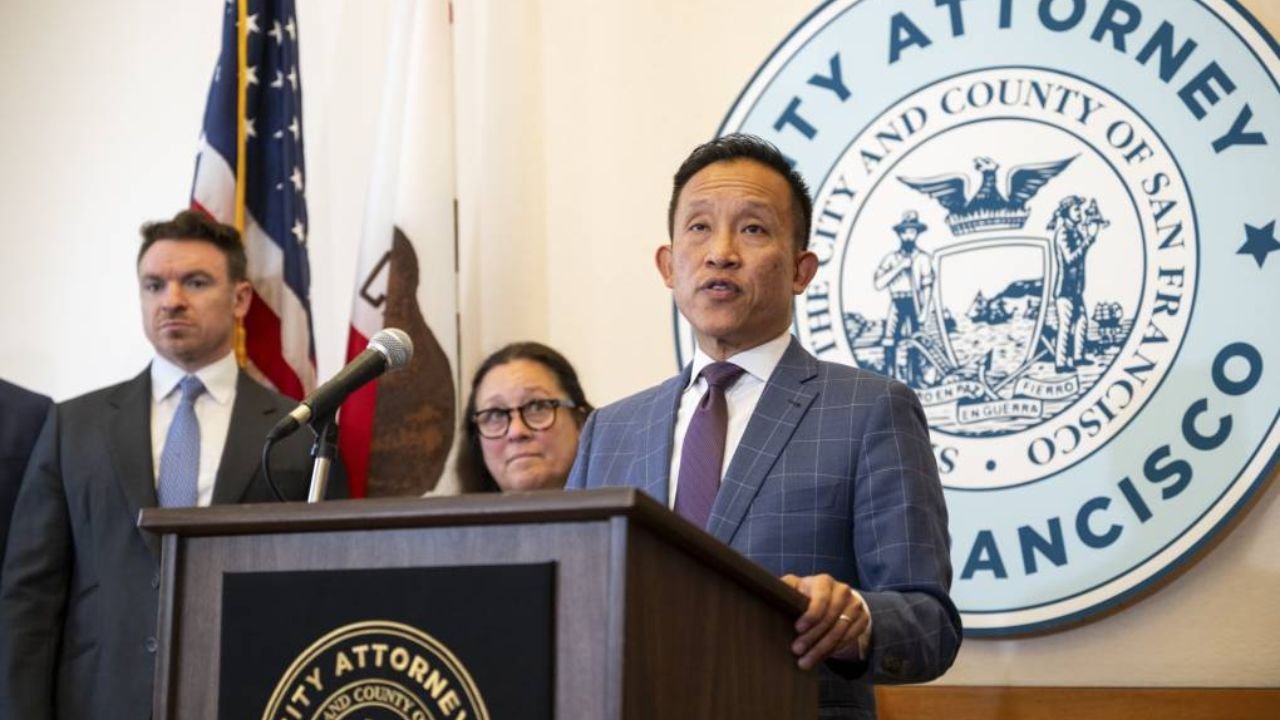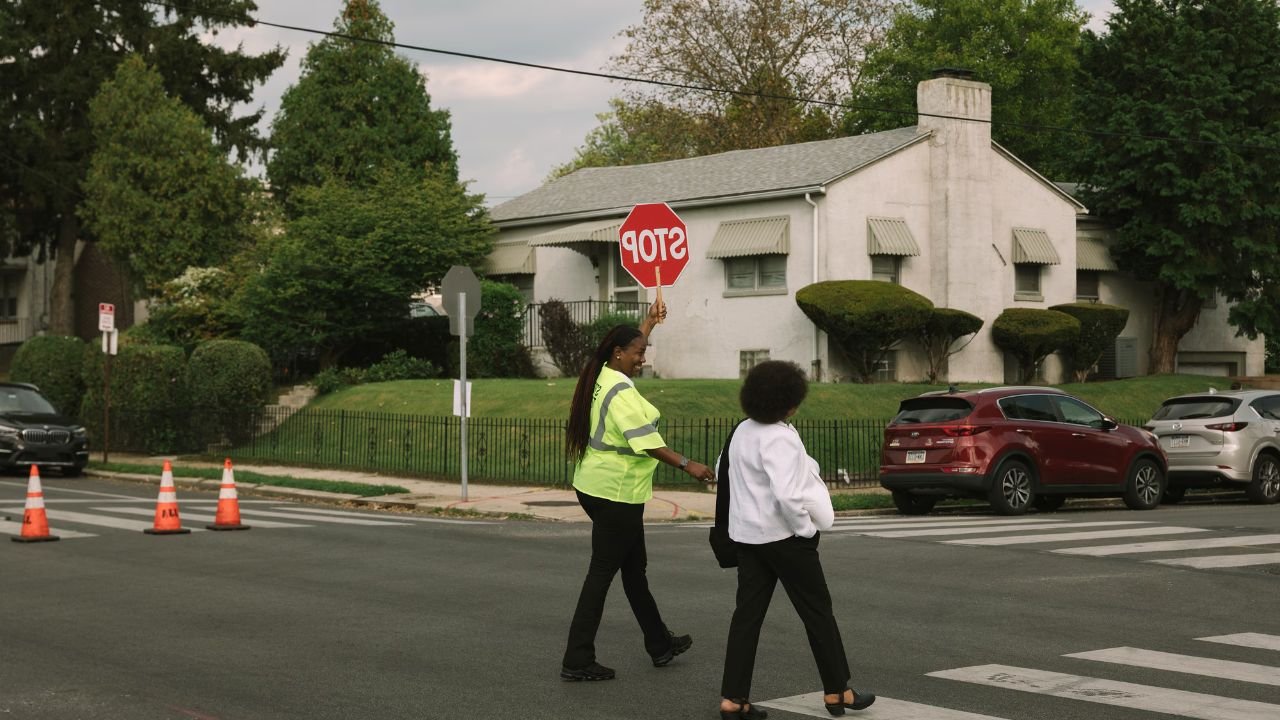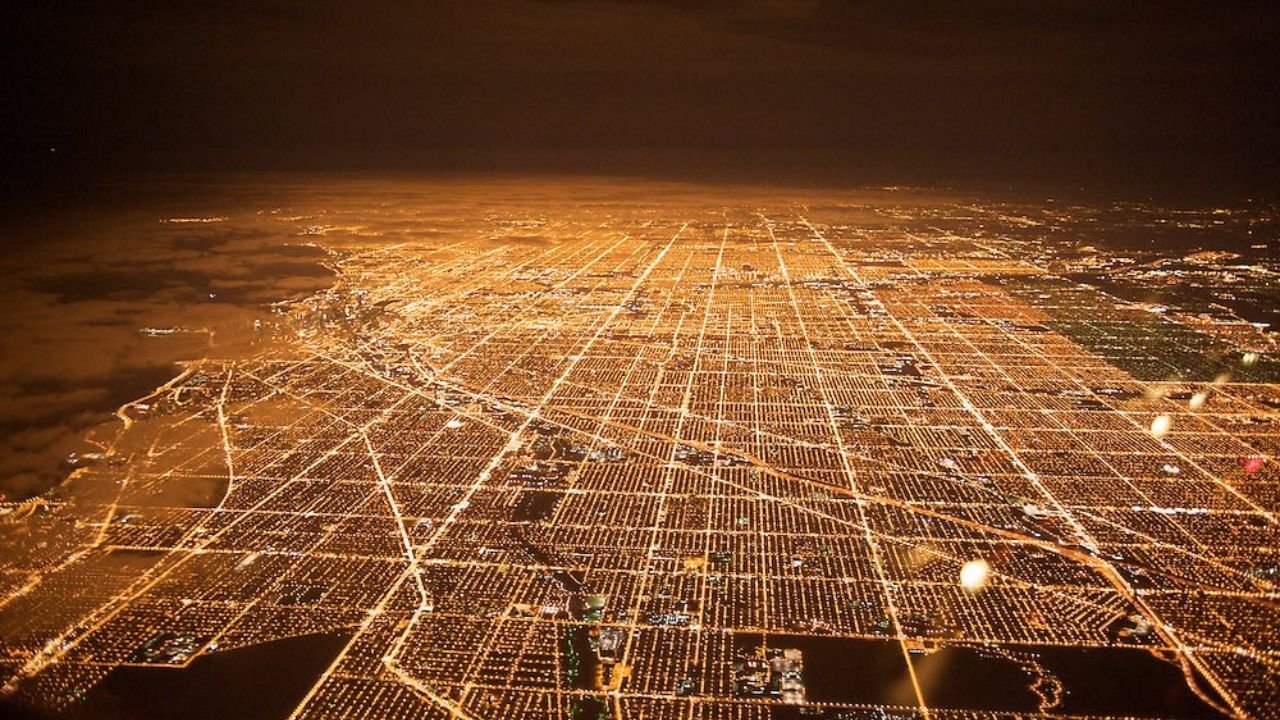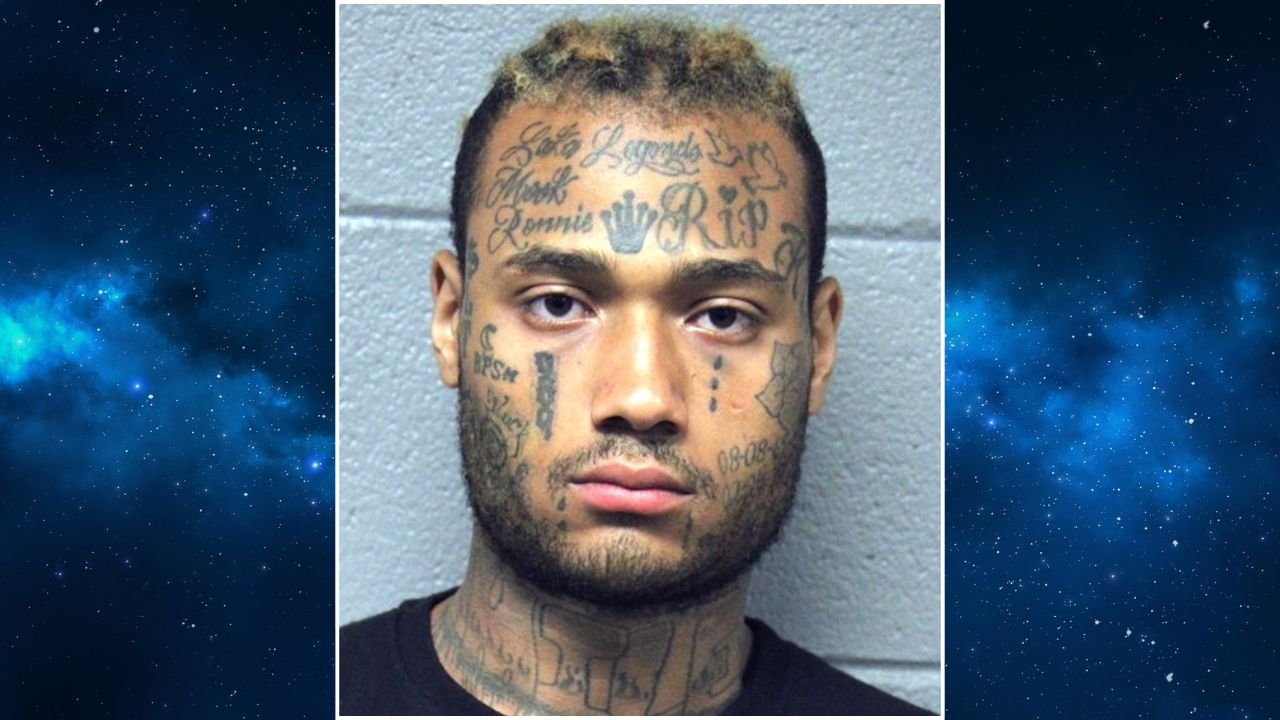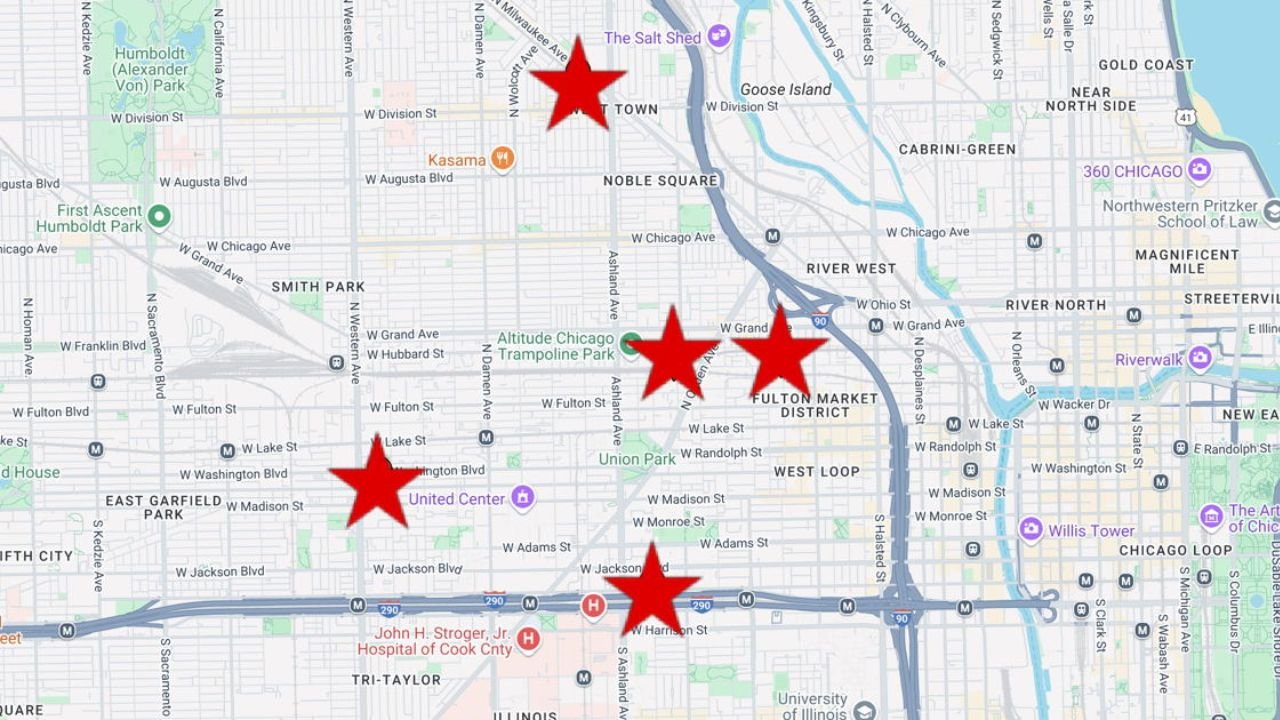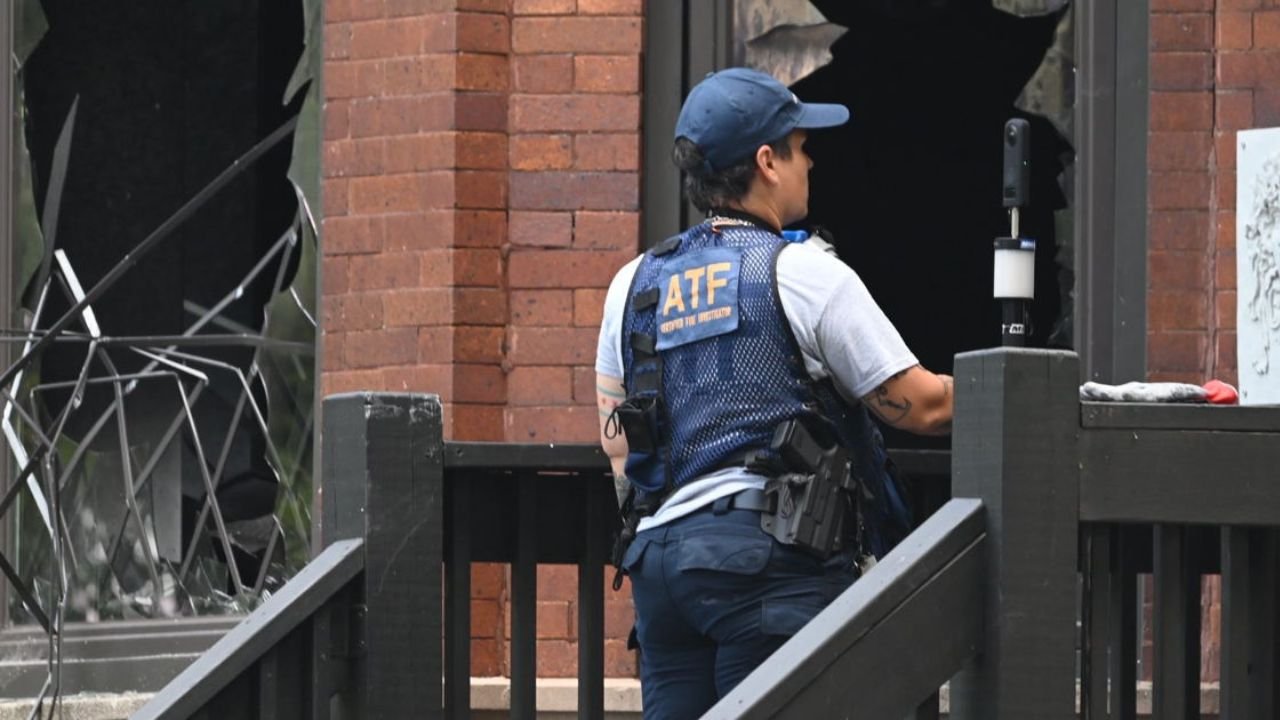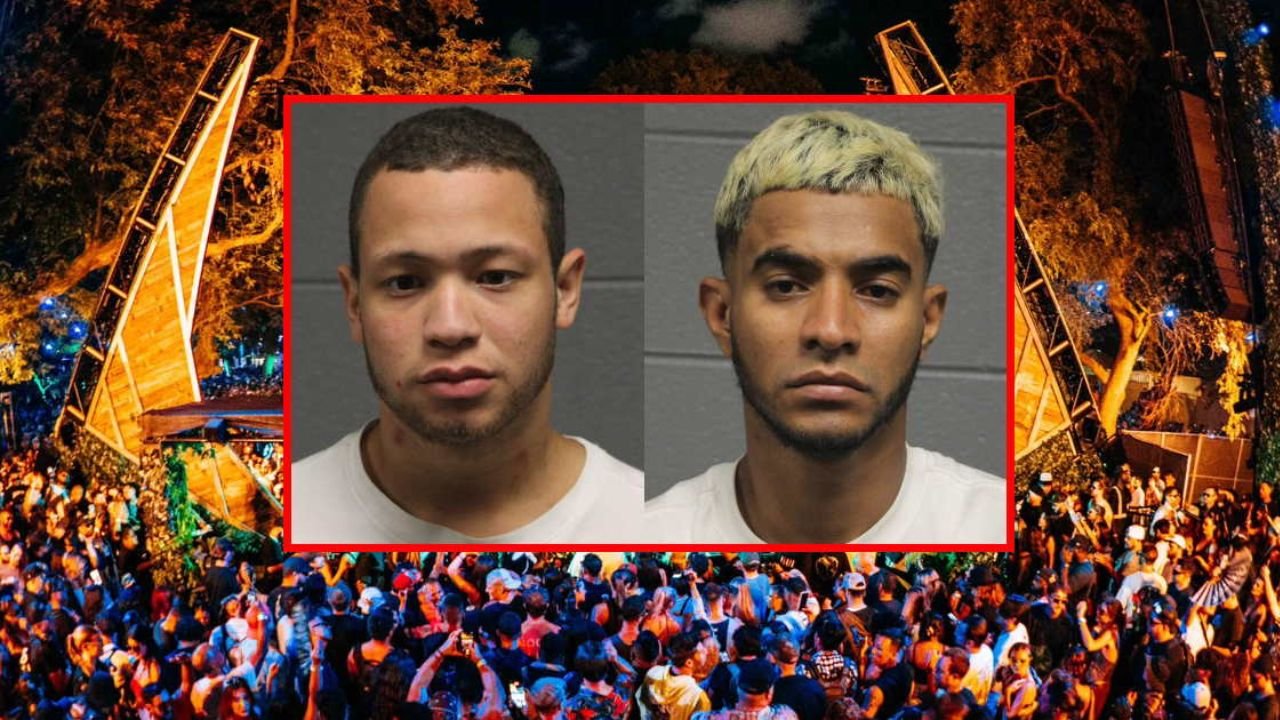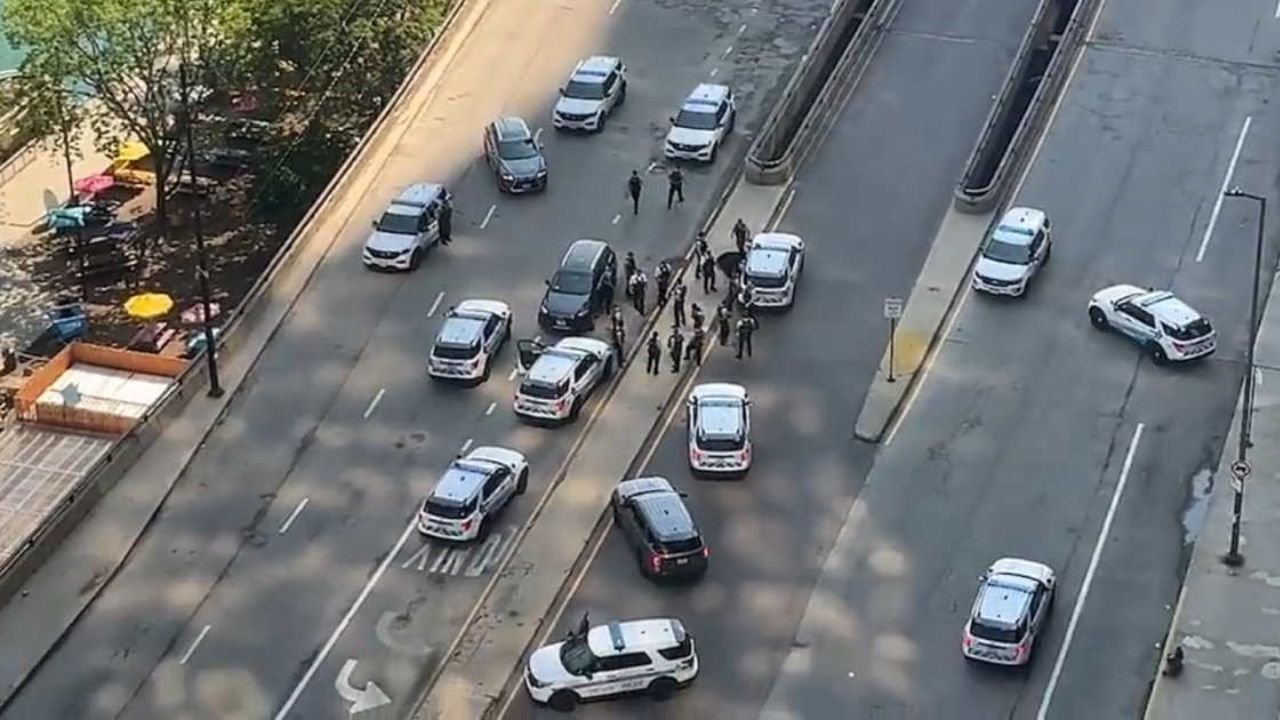CHICAGO — The Department of Homeland Security (DHS) is moving forward with plans to cut 75% of staff from its intelligence office, reducing the Office of Intelligence & Analysis (I&A) from roughly 1,000 employees down to 275 — a decision that’s sending shockwaves through law enforcement and intelligence agencies nationwide.
Federal Intelligence Arm Faces Deep Cuts
The cuts, which have been in the works for months, were reportedly delayed due to rising international tensions following U.S. military strikes on Iranian nuclear facilities, according to four sources cited by CBS News.
I&A, created after the 9/11 terrorist attacks, plays a unique role as the only U.S. intelligence agency specifically tasked with sharing threat data with state, local, tribal, and territorial governments.
DHS Secretary Kristi Noem signed off on the plan, according to internal briefings. Some staff will be reassigned to agencies like FEMA and the Cybersecurity and Infrastructure Security Agency (CISA).
Bipartisan Lawmakers Call for Reversal
Lawmakers from both parties have slammed the decision as dangerous and ill-timed.
A letter addressed to Secretary Noem and Director of National Intelligence Tulsi Gabbard by members of the House and Senate Homeland Security Committees urged the agency to “avoid this drastic and unilateral step.”
“We should be focused on plugging security gaps rather than senselessly creating new ones,” wrote Rep. Bennie Thompson (D-MS), Sen. Gary Peters (D-MI), and Rep. Jim Himes (D-CT).
Law Enforcement Warns of Blind Spots
Major law enforcement groups — including the Major Cities Chiefs Association, County Sheriffs of America, and Association of State Criminal Investigative Agencies — issued letters warning that slashing I&A could hinder the flow of vital intelligence.
“Weakening [Intelligence & Analysis] would undermine our ability to detect and prevent threats before they occur,” one letter stated.
Officials cited active security concerns, including:
-
Antisemitic attacks like the recent incident in Boulder, Colorado.
-
Fentanyl trafficking by transnational criminal organizations.
-
Threats tied to Middle East conflicts and domestic extremism.
National Fusion Centers Could Be Crippled
Mike Sena, president of the National Fusion Center Association, which connects 2,000 public safety officials nationwide, warned Congress that any reduction in I&A’s local footprint would “negatively impact the critical information flow” needed to counter emerging threats.
The National Sheriffs’ Association also warned Congress that I&A is a critical partner in tackling threats ranging from organized crime to election security.
Terror Advisory Still Active
Just last month, DHS issued a National Terrorism Advisory System bulletin, alerting 18,000 law enforcement agencies about threats from violent extremists, particularly those targeting Jewish, pro-Israel, or U.S. government-linked institutions.
Officials noted that Iranian-backed plots had been disrupted in the U.S. since 2020 — and that journalists and political dissidents have also been targeted.
Intelligence Cuts Follow Past Failures
The I&A division has faced scrutiny in recent years for:
-
Monitoring journalists and protestors during the 2020 George Floyd demonstrations.
-
Failing to share intelligence ahead of the January 6 Capitol riot.
Still, critics say these failures underscore the need for reform, not elimination.
Trump’s new pick to lead I&A, Matthew Kozma, emphasized in his testimony that the agency’s analysts must be well-trained and capable of turning complex information into actionable intelligence.
“Our intelligence and analytical tradecraft requires a unique combination of skill, curiosity, dedication, vigilance, and trustworthiness,” said Kozma.
What Do You Think of These Cuts?
Do you believe DHS is making the right move by trimming its intelligence workforce? Could this leave cities like Chicago more vulnerable?
Share your thoughts in the comments on ChicagoSuburbanFamily.com.



